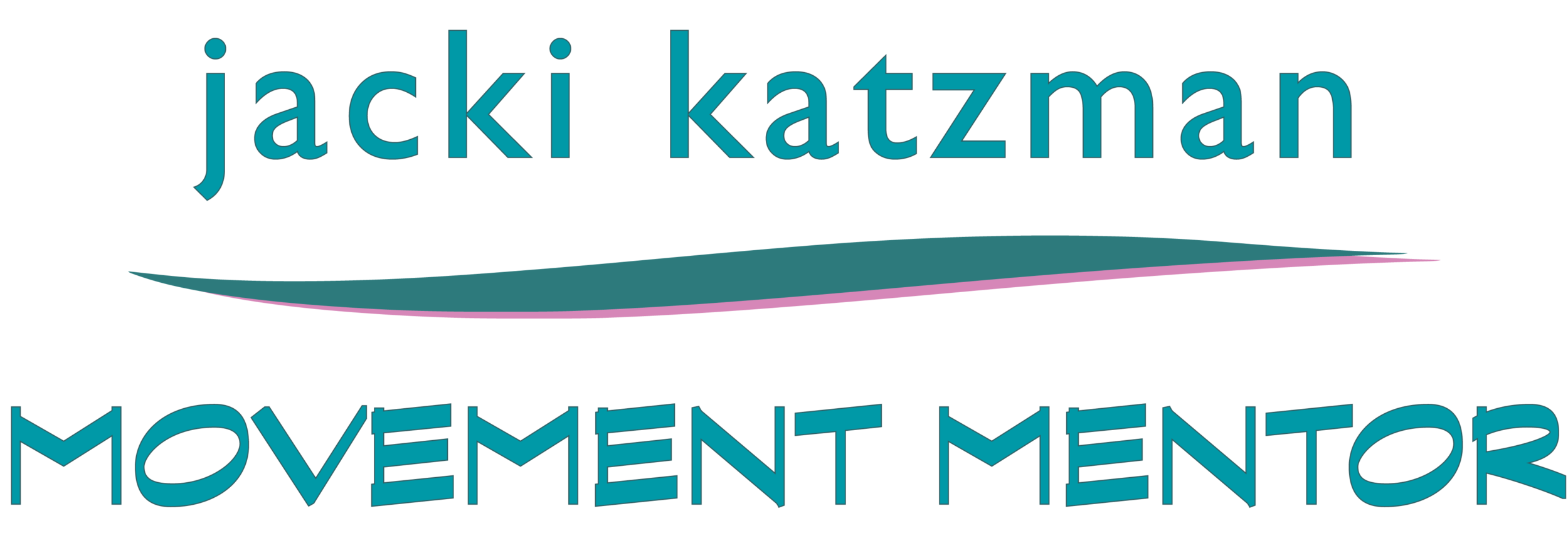Rhythm Syncs Community
Rhythm Syncs Community
Music in general, and rhythm in particular, does an uncommonly good job fostering a sense of community.
Nina Kraus is a scientist, inventor, and amateur musician who studies the biology of auditory learning. She explores hearing engages how we think, feel, move, and combine our senses. Sound, more than any other sense, changes the brain in ways that affect our interactions with others.
Applying auditory neuroscience, she discovered how the sounds of our lives engage our neurological health for better (musicians, bilinguals) and for worse (language disorders, autism and other developmental disorders, concussion, HIV, hearing loss).
Her Web site ‘Brainvolts” offers layperson explanations of the importance of hearing, music and rhythmic education in developing reading skills, discerning sound within noise, autism and more.
“Of Sound Mind” is Kraus’ examination of the partnership of sound and brain, showing how the processing of sound drives many of the brain’s core functions and leaves a fundamental imprint on who we are as human beings.
The book came out in 2021. A recent article, The Extraordinary Ways Rhythm Shapes Our Lives, But here are some of my notes on points I found particularly interesting:
Both beat-keeping and rhythm-pattern skills are different rhythmic intelligences - facility in one doesn’t have an affect on the other.
We see dissociations between rhythm skills in all of us, confirming the idea that “rhythm” is not an all-or-nothing ability, and more intriguingly, our proficiency executing one type of rhythm or another bears on our language skills. Both beat-keeping and rhythm-pattern skills predict language development and reading ability; however, only rhythm-pattern ability has a bearing on understanding speech in noise.
Rhythmic synchrony leads to interpersonal synchrony. When it comes to music, the brain rhythms tend to synchronize, and the more synchronization between performer and listener, the more listeners report enjoying the performance. Music with a regular and predictable rhythm can lead to states of enjoyment or emotional transcendence,
Numerous studies have found that other disorders that involve movement, such as aphasia, stuttering, difficulty with respiration, swallowing, and speaking, respond to music therapy.
There are explicit rhythm-based training programs which make synchronizing to rhythm an explicit core exercise with the aim of improving timing in the brain. Some have been used to bolster language, reading, and communication skills, and do so with tasks that engage both the slow and fast sound processing circuits in the brain, thus drawing on multiple rhythm intelligences
Purring cat from www.catcares.com
AND MY FAVORITE - the vibration rate of a cat purr is in the exact same range as used in vibration therapy for bone growth. Cats purr when they’re happy, .. and when they are injured! There is a hypothesis that cats purr as a mechanism to keep their bones and muscles stimulated and healthy and to restore their health when injured. Maybe it is not a coincidence that cats have better bone health and a lower incidence of osteoporosis than dogs. Maybe this is the secret to their nine lives. (Note: Margaret Atwood, in the MaddAddam series, created a new species, based on humans, that purred one another to health.
There are several Feldenkrais Method teachers exploring rhythm as an essential component of movement. Look for more conscious rhythmic awareness in my lessons.



